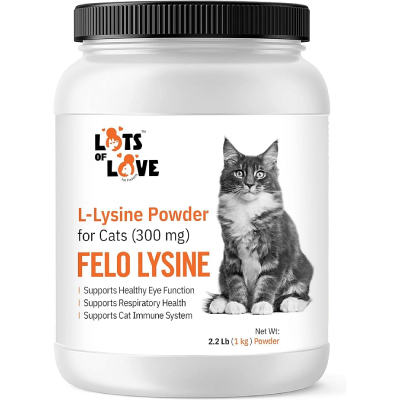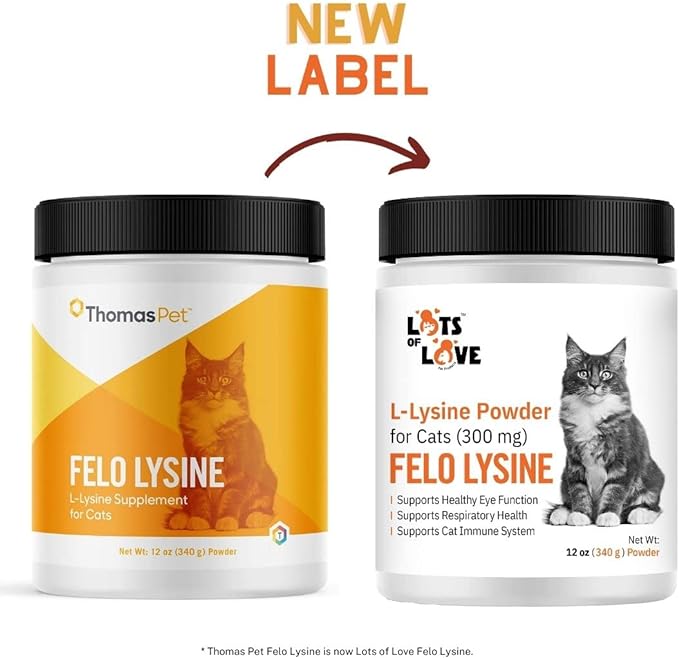How to Perform Pet CPR
The Importance of Pet CPR
Cardiopulmonary resuscitation (CPR) skills could save your pet’s life during a breathing or cardiac emergency. Pet CPR is an emergency technique for when an animal stops breathing and has no heartbeat. It consists of chest compressions and rescue breathing, or mouth-to-snout resuscitation in the case of dogs and cats.
At Lots of Love Pet Products, we believe all pet owners should learn basic first aid and CPR skills for pets in an emergency. Emergencies can strike any time, so learning how to care for your pet in emergencies is so important. According to the American Animal Hospital Association, 1 out of 4 pets could be saved if just 1 first-aid technique was performed before getting veterinary assistance.
How to Perform Cat & Dog CPR
The American Red Cross outlines 6 essential steps for performing pet CPR. Remembering these steps and administering them correctly during an actual emergency may be difficult. It might be helpful to print out these CPR steps and then put them in a safe place in the event of an emergency.
Please note that performing and practicing CPR on a healthy dog or cat can be dangerous and cause fatal damage. Pet CPR should only be performed when necessary. Follow these steps if you’re ever in a situation that requires cat or dog CPR!

Step 1: Check for breathing and a heartbeat. You should look, listen, and feel for breathing. If you don’t see your pet’s chest moving and cannot find a heartbeat, start performing CPR with chest compressions.
Step 2: Give chest compressions. Perform 30 chest compressions following the steps below. Place your hands on your pet as follows:
- For small dogs, deep-chested dogs, and cats: Place the heel of one hand directly over the pet’s heart, and then place your other hand directly over the first hand.
- For deep-chested dogs: Place the heel of one hand over the widest part of the chest, and then place your other hand directly over the first hand.
- For barrel-chested dogs: Place the dog on its back. Put one hand over the widest part of the sternum, and then place your other hand directly over the first hand. Lock your elbows and ensure your shoulders are directly above your hands.
Push hard and fast at a rate of 100 to 120 compressions per minute. You should be compressing 1/3 to 1/2 the width of your pet’s chest and ensuring the chest comes back fully before compressing again.
Step 3: Give rescue breaths. Gently close your dog or cat’s mouth and extend his neck to open the airway. Cover your pet’s nose with your mouth and exhale until you see his chest rise. Then give a second rescue breath.
Step 4: Continue performing CPR. You should continue giving CPR with a cycle of 30 chest compressions to 2 rescue breaths until your pet starts breathing again on his own.
Step 5: Continue checking for breathing and a heartbeat. Every 2 minutes, quickly check to see if your dog or cat is breathing and check for a heartbeat.
Step 6: Seek professional help. Continue performing CPR until you reach a veterinary hospital. You may need someone else to drive so that you can continue performing compressions and rescue breaths.
If you’re interested in learning more about pet CPR, check out this online training for pet first aid and CPR offered by the American Red Cross. It will teach you how to deliver first aid care, check your pet’s vital signs, and provide CPR for pets in emergencies. You can also find a local pet CPR class where you can learn hands-on training.
Preparation is key! Don’t wait until an emergency occurs to learn pet CPR. Being prepared could save the life of your dog or cat.
Lots of Love Pet Products understands the importance of prevention when it comes to the health of our pets. From asthma in cats: symptoms, causes, & treatment to flea and tick prevention, keeping your pet safe requires proactive thinking and planning. Also, add essential respiratory supplements to your pet’s diet such as l lysine powder for cats.

 DOG HEALTH SUPPLEMENTS
DOG HEALTH SUPPLEMENTS DOG DIGESTIVE SUPPLEMENTS
DOG DIGESTIVE SUPPLEMENTS EYE & EAR DROPS
EYE & EAR DROPS SKIN & COAT SUPPLEMENTS
SKIN & COAT SUPPLEMENTS CAT SUPPLEMENTS
CAT SUPPLEMENTS



